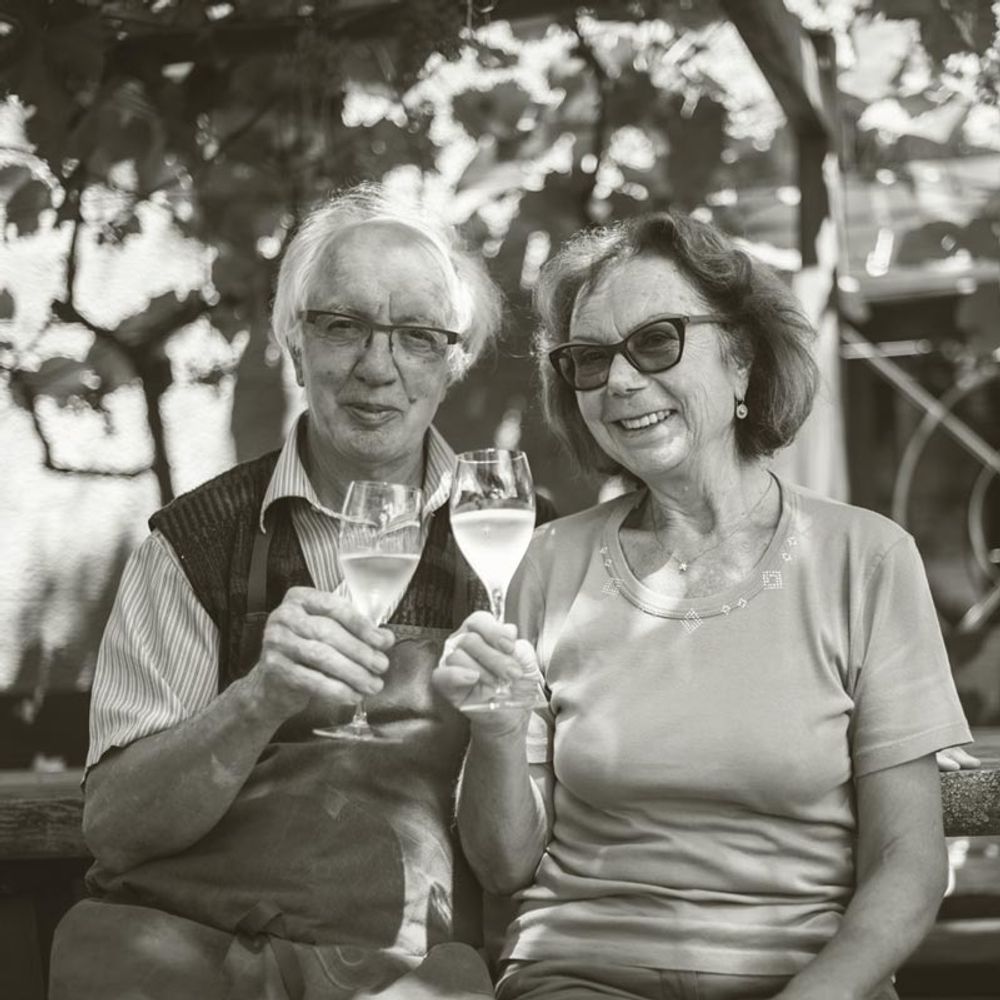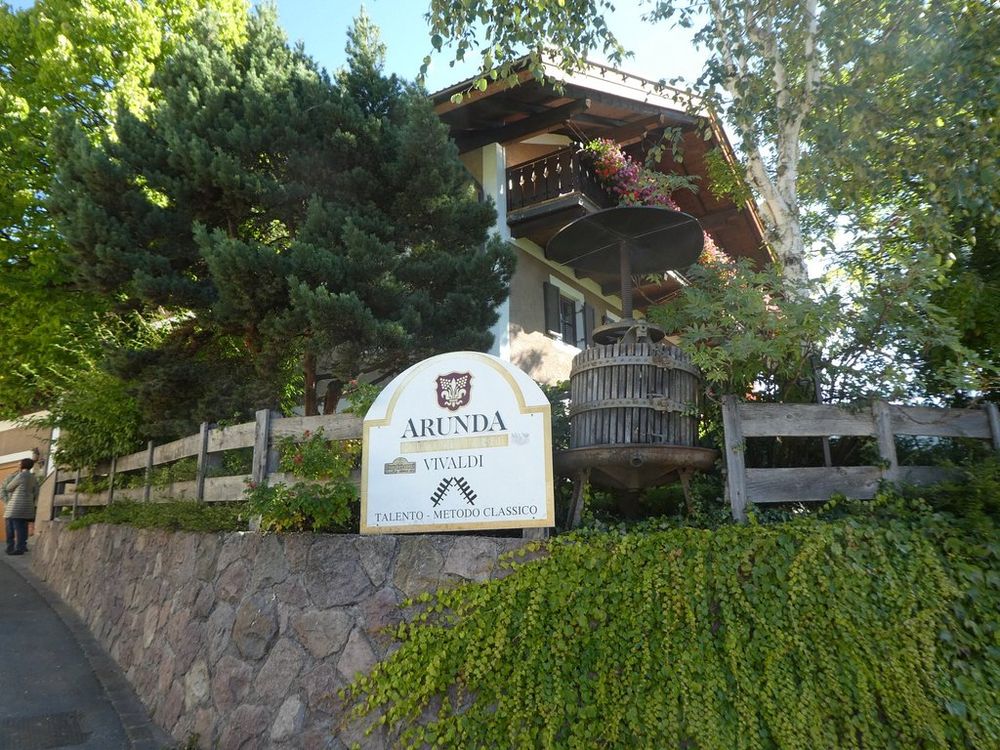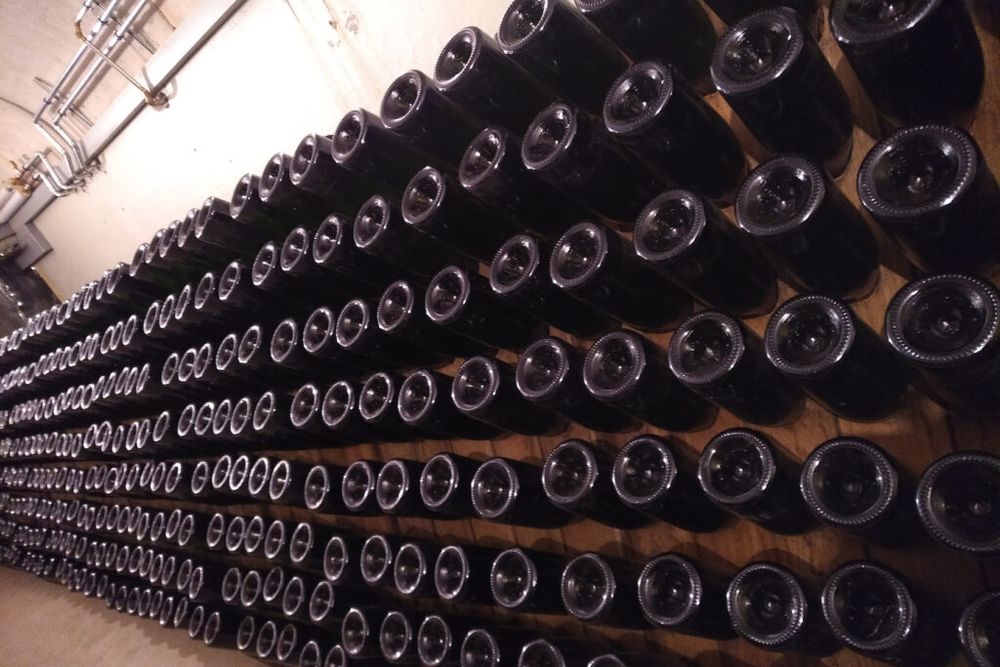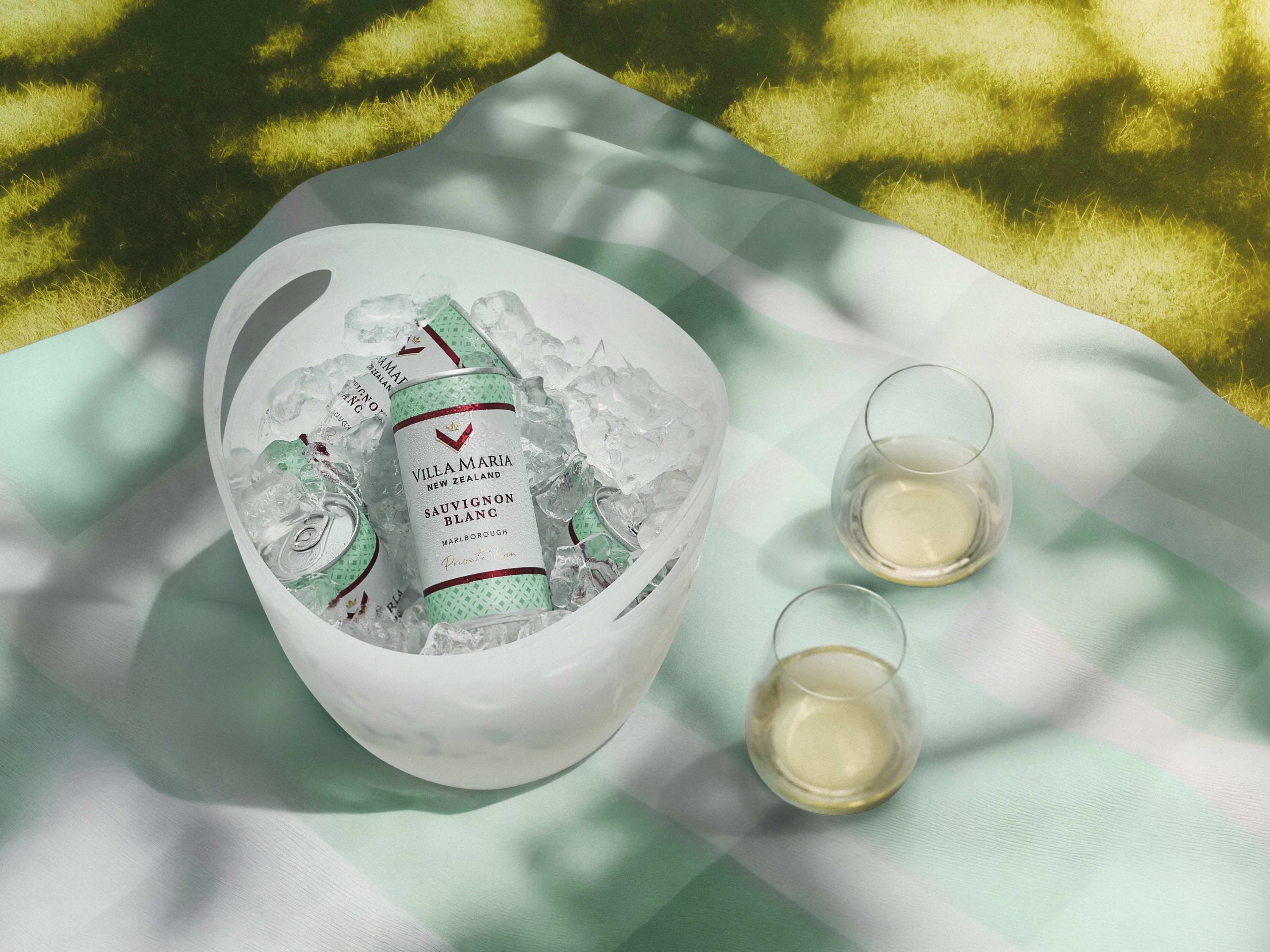“In 1979 I became Südtirol’s first estate purely dedicated to metodo classico with 10,000 bottles. At the time, there was no other estate doing this, so we had to convince everyone that South Tyrol wines could be made into fizz. It was missionary work,” says Reiterer.
Fizz is a favourite subject of mine. So imagine my curiosity when I was served a delicious sparkling wine as an aperitivo in Bozen/Bolzano in Südtirol/Alto Adige. Alright, I will stop using two names for one and the same place, but the key to understanding this northernmost region of Italy is in understanding that it is borderland. Not only do the cool, Alpine north and warm, Mediterranean south meet here, but also two cultures have both clashed and intertwined for centuries; by now it is a delicious mix of the two, uniting northern rigour with southern charm.

Arunda is so remote that its home village only got a road in 1973
Alto Adige was part of the Austro-Hungarian Empire until the early 20thcentury, so German is still the predominant language here in this Italian province while the next province south, Trentino, speaks largely just Italian.
So back to the aperitivo in that small regional capital of Bolzano: I was smitten with my fizz. Its name was Arunda, it was creamy, elegant and above all, beautifully dry. The following day I got another little taste of it and then, just before catching my plane back home, I got to meet Arunda’s founder Josef Reiterer in the village of Mölten, at the Alpine height of 1200m. Despite the summery temperatures of Bolzano at 262m, up here the scent of woodsmoke was already in the air; the altitude warranted warming fires in September.

Josef and Marianne Reiterer
Reiterer then told me his story: having graduated in oenology he worked for years as the Italian agent for a German manufacturer of oenological instruments and machinery which afforded him a fairly good overview of the state of Italian winemaking in the 1970s and 80s. When he decided to start his own project, initially on the side, in his home region of Alto Adige, he says: “I could either have become the ‘enth’ estate for still wines or become the first to make metodo classico.”
He made his first 300 bottles in 1976 from a blend of Chardonnay and Pinot Blanc and disgorged them in 1978. They must have been promising because he says: “In 1979 I had the courage to decide to become Südtirol’s first estate purely dedicated to metodo classico with 10,000 bottles. At the time, there was no other estate doing this, so we had to convince everyone that South Tyrol wines could be made into fizz. It was missionary work. But we did manage to sell these 10,000 bottles. Today we sell 130,000 bottles per annum.”
Remembering his first 300 bottles he says: “They turned out in a way that gave us and our friends pleasure, so we needed to make more.” He met with doubters and when he went to register his business, the official told him: “Herr Reiterer, take your money and tip it into the Adige river.”

The story becomes even more impressive when you learn that until 1973 there was no road to the village of Mölten, only a cableway. The people here had had no choice but to be self-sufficient and community-spirited, to this day the two main industries are dairy and mountain agriculture. The idea to produce sparkling wine up here, where there was no history of viticulture at all, was thus all the more exotic. But the prise-de-mousse happens up here at 1200m. Arunda is thus the highest altitude sparkling winemaker in Europe. This also explains the name Arunda: there is a third language up here in the mountains, Ladin, a Rhaeto-Romance language and Arunda means Alpine pasture.

Reiterer emphasises that he never benefited from outside investment and that his business only grew slowly. He owns no vineyards but sources the grapes from 11ha of vineyards, from the same growers every year. The Chardonnay grows in Terlan on porphyry soils, Pinot Noir and Pinot Blanc grow in the communes of Eppan and Girlan on alluvial soils with loam, and both Chardonnay and Pinot Noir also come from pure limestone soils in the commune of Salurn. According to Reiterer, the porphyry soils lends structure, alluvial loam lends fleshy fruit while the limestone lends elegance.
It is clear that Reiterer has perfected his methods over the years. Working with less and less sulphur, using oak to ferment base wines and upping his game. All the wines are marked by their reductive style, their restrained but creamy autolysis, their lovely balance and their low dosage. “You just have to have the courage to hold things back,” the 73-year-old pioneer says modestly.
And so to the Arunda wines themselves…

Arunda Blanc de Blancs Extra Brut NV, 13%
This is 100% Chardonnay from porphyry soils, fermented and aged in 100% used barrique, aged without malolactic fermentation for at least three years on lees, disgorged with 4g/l dosage. The nose is of fresh, green apple and white summer blossom. It is on the palate that a touch of clear honey, almost of fresh honeycomb, gives a notion of maturity, of evolution, to the pristine freshness. The mousse is fine, the body is slender and exquisitely fresh. It is the inherent brightness and liveliness that defines this wine and its long, long finish.
Arunda Cuvée Marianna Extra Brut NV, 13%
Made from 80% Chardonnay and 20% Pinot Noir this unites three vintages of barrique-aged Chardonnay and one vintage of stainless-steel-fermented Pinot Noir. It ages three years on lees and a further two years after disgorgement. The dosage is 4g/l. A beautifully creamy resonance starts taking hold on the nose and deepens with the first sip, eventually filling mouth and mind. Here as well is that wonderful edge of honeyedness, this time it comes in the guise of dark fir honey with its exquisite edge of pleasant bitterness. The body is slender, the mousse is creamy, the finish is supremely fresh.
Arunda Riserva Extra Brut 2013, 12.5%
This blend of 60% Chardonnay and 40% Pinot Noir, vinified completely in stainless steel, aged for five years and disgorged with 4g/l of dosage. The nose is full of fruit: is it red apple, is it Mirabelle plum, is it red plum or even berry? That pervasive, plump fruitiness is wrapped in creamy smoothness and accentuated even more by fine mousse. Like in the other two wines, there is a subtle, rounded touch of honeyed evolution. Gorgeous, creamy, bold and oh so fresh.










































